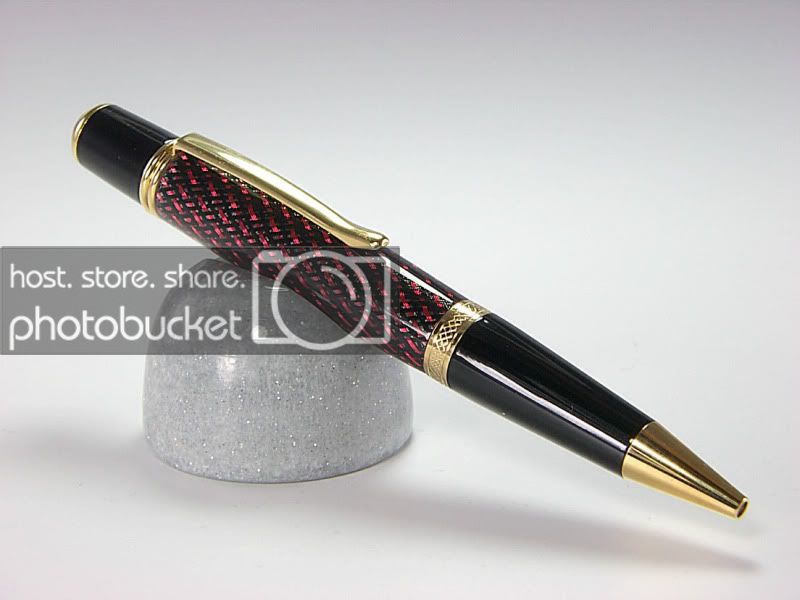jttheclockman
Member
For those that use cast-n-craft resin from Michaels and other places like this I have a few questions. Let me set the scenereo.
I always have been casting in Silmar41 and have great success. Recently I have been having some casting problems doing some sleeve material and I won't go into those here. But what I want to do is try to elliminate my problems trying to use this stuff and see if it makes a difference. I have some laying around and hoping it has not gone bad I will experiment.
My questions are as follows. Do you preheat the resin to elliminate bubbles???? I do this with Silmar and wonder if I can do the same with CNC resin.
Do you use a pressure tank and if so what pressure??? I use a tank with Silmar and keep the pressure at 40 lbs.
How many drops of catalyst are you using without making the blank too brittle or too soft??? I use 4 drops per ounce with Silmar.
Don't worry about temperature. It is being done in a controlled environment.
Do you post heat your blanks the next day?? I like to put my blanks in a toaster oven for about 1-1/2 hours after 24 hours curing on their own. This takes the stickyness out of them and assures they are cured. Can I do this with CNC resin also???
OK you have the questions and hopefully I can get some answers before Monday which is when I want to give this a try. If you have any other tid bits of info I would also like to hear about that too. Thanks in advance for the replys.
I always have been casting in Silmar41 and have great success. Recently I have been having some casting problems doing some sleeve material and I won't go into those here. But what I want to do is try to elliminate my problems trying to use this stuff and see if it makes a difference. I have some laying around and hoping it has not gone bad I will experiment.
My questions are as follows. Do you preheat the resin to elliminate bubbles???? I do this with Silmar and wonder if I can do the same with CNC resin.
Do you use a pressure tank and if so what pressure??? I use a tank with Silmar and keep the pressure at 40 lbs.
How many drops of catalyst are you using without making the blank too brittle or too soft??? I use 4 drops per ounce with Silmar.
Don't worry about temperature. It is being done in a controlled environment.
Do you post heat your blanks the next day?? I like to put my blanks in a toaster oven for about 1-1/2 hours after 24 hours curing on their own. This takes the stickyness out of them and assures they are cured. Can I do this with CNC resin also???
OK you have the questions and hopefully I can get some answers before Monday which is when I want to give this a try. If you have any other tid bits of info I would also like to hear about that too. Thanks in advance for the replys.


